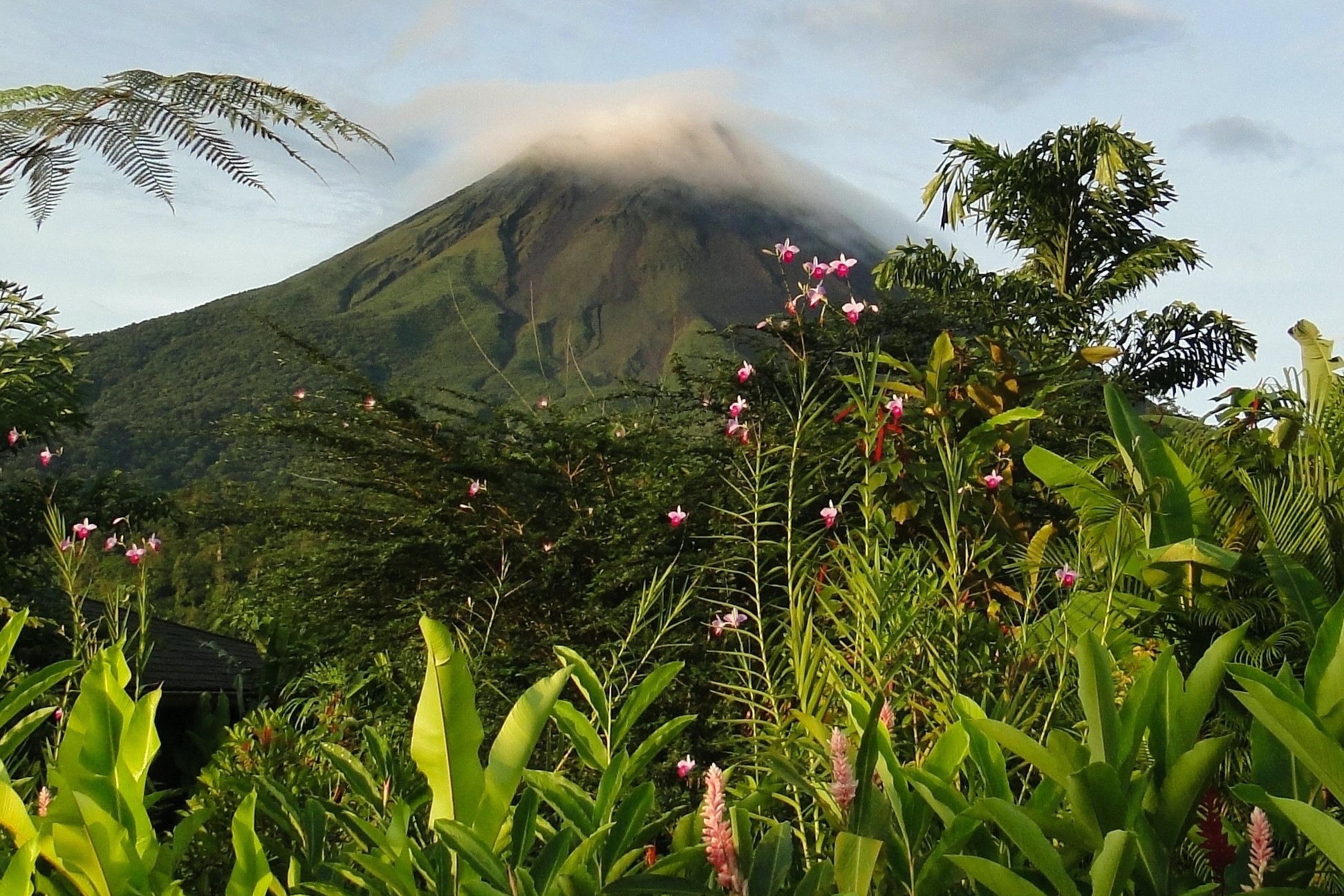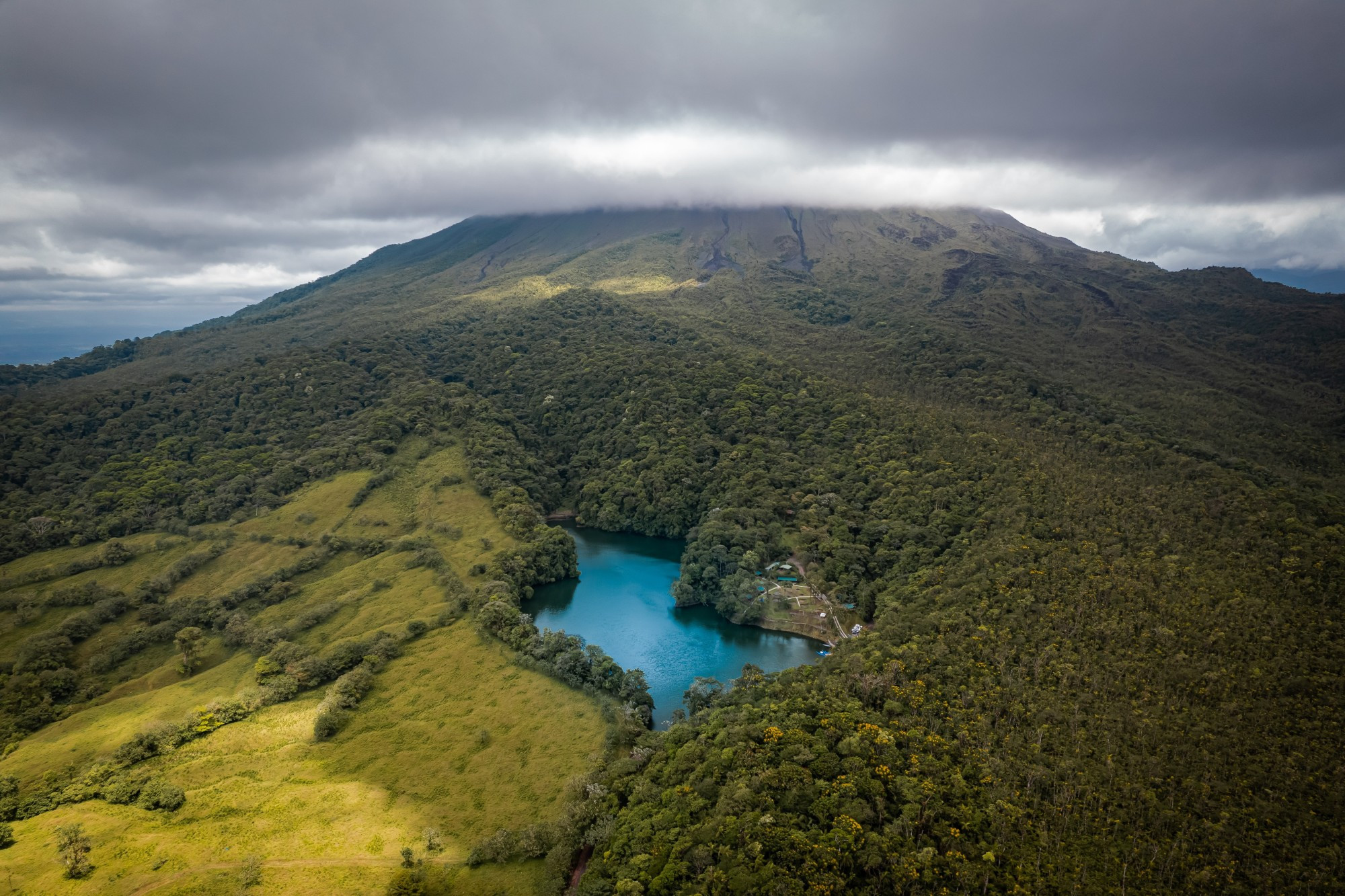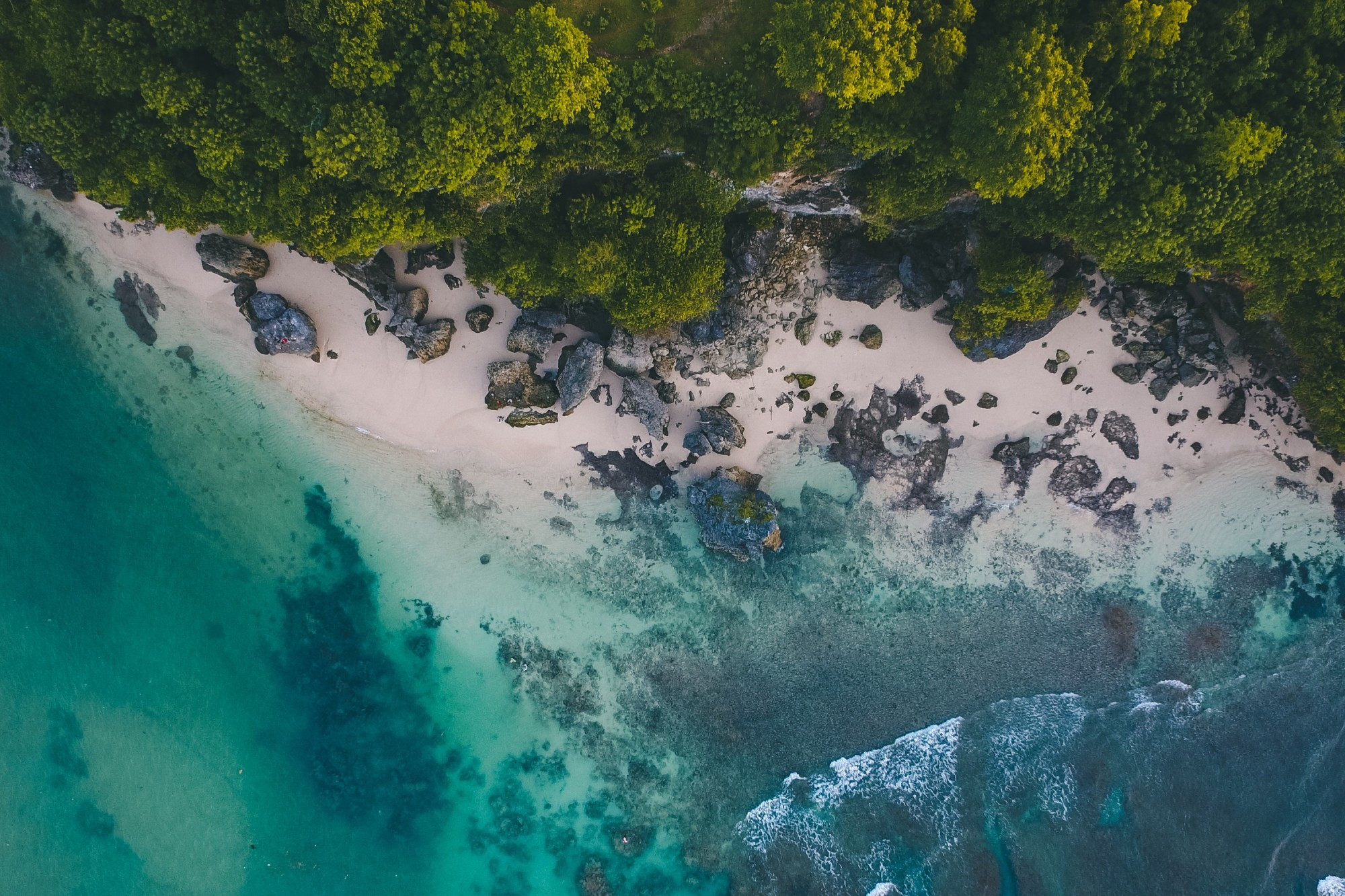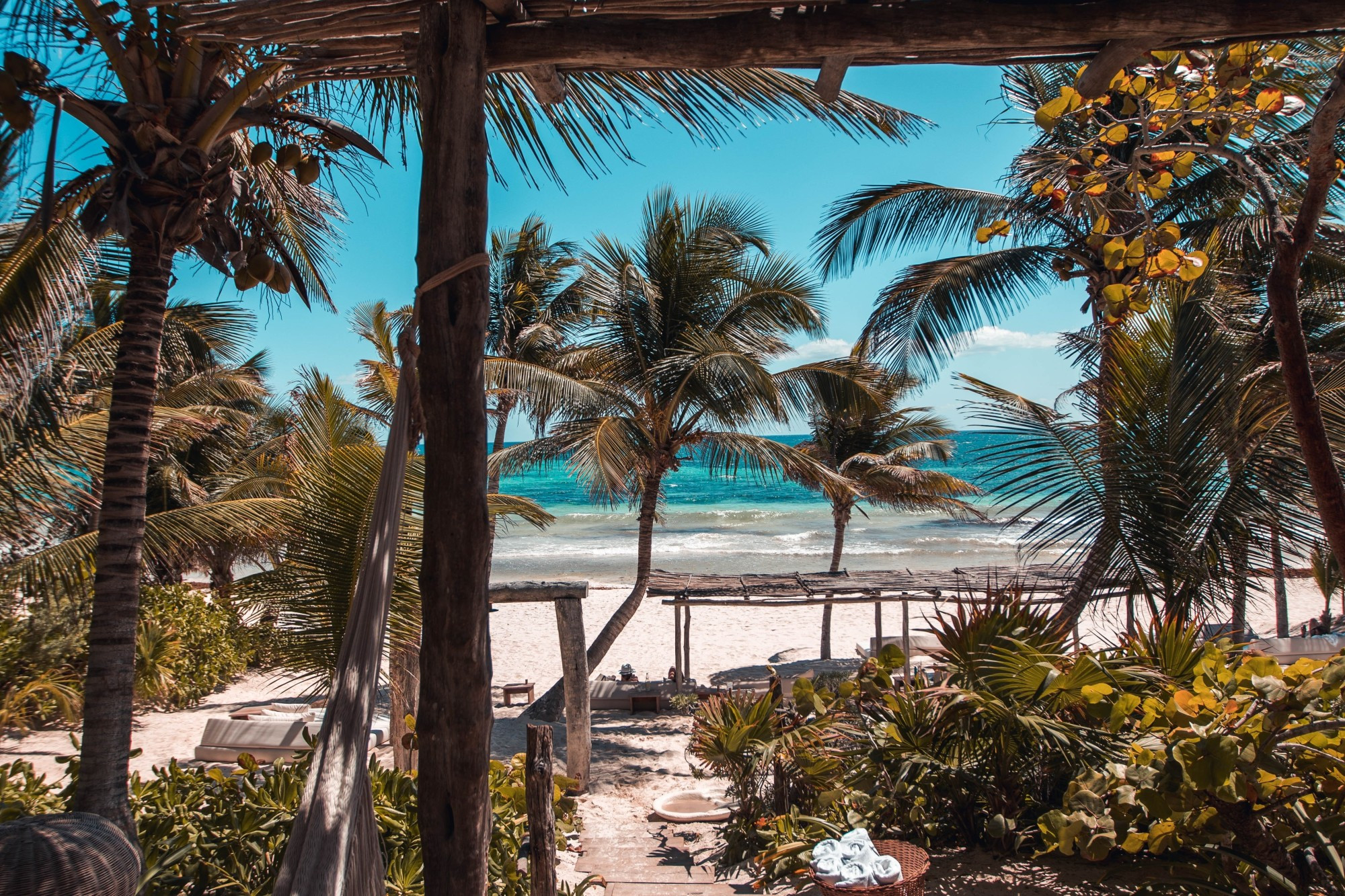Planning a trip to Costa Rica and wondering about the Best Times To Travel To Costa Rica? You’re in the right place. This guide breaks down everything you need to know to choose the ideal time for your Costa Rican adventure, whether you’re dreaming of sun-soaked beaches, lush rainforests, or thrilling wildlife encounters.
To make the most of your visit, it’s essential to understand Costa Rica’s diverse climates. The country is not just one homogenous weather zone; it’s divided into three distinct regions, each with its own seasonal patterns.
 Lush greenery of Costa Rica landscape during the day
Lush greenery of Costa Rica landscape during the day
Understanding Costa Rica’s 3 Climate Regions for Optimal Travel Timing
Before diving into the month-by-month breakdown of the best times to travel to Costa Rica, let’s explore the three primary climate zones that will influence your travel decisions.
Region 1: The Pacific Coast – Sun, Surf, and Dry Season Delights
The Pacific coast of Costa Rica, particularly the northern region, is a magnet for tourists, and for good reason. This area boasts reliably sunny weather, especially during the dry season, making it a prime destination for those seeking classic Costa Rican experiences.
Dry Season (December to April): If you’re chasing sunshine and minimal rainfall, the dry season, also known as summer, is among the best times to travel to Costa Rica’s Pacific coast. Expect clear skies, balmy temperatures ranging from the mid-70s to the low 90s Fahrenheit, and ideal conditions for beach hopping, water sports, and exploring the coastline.
Rainy Season (May to November): The rainy season, or green season, transforms the landscape, bringing lushness and vibrancy. While rain is more frequent, it doesn’t necessarily mean constant downpours. Mornings are often sunny, with showers typically arriving in the afternoon or evening. This period can still be a fantastic time to visit, offering fewer crowds and lower prices.
Southern Pacific Coast Considerations: The southern Pacific region, encompassing the Osa Peninsula and Manuel Antonio National Park, experiences higher rainfall throughout the year compared to the northern part. However, for travelers interested in immersing themselves in rainforests and experiencing nature’s raw beauty, the rain can enhance the experience, adding to the jungle’s mystique.
 Scenic coastline of Costa Rica with green hills meeting the ocean
Scenic coastline of Costa Rica with green hills meeting the ocean
Region 2: Central Valley & Highlands – Spring-like Weather Year-Round
For those drawn to nature and cooler temperatures, the Central Valley and Highlands region of Costa Rica is a year-round haven. This area enjoys a consistently mild, spring-like climate, making it a versatile destination regardless of the season.
Seasons: The rainy and dry seasons in this region generally mirror those of the Pacific coast. However, the varying elevations within the Central Valley and Highlands create microclimates, leading to diverse humidity levels, rainfall patterns, and temperatures.
Key Attractions: This region is home to some of Costa Rica’s most iconic natural landmarks, including the majestic Arenal Volcano and the enchanting Monteverde Cloud Forest. The cloud forest, characterized by its perpetually low-hanging clouds, offers a unique and ethereal experience.
Region 3: The Caribbean Coast – Lush, Tropical, and Unpredictable
Costa Rica’s Caribbean coast presents a different climate profile compared to the Pacific and central regions. Known for its relaxed, bohemian atmosphere, this coast is generally warmer and more humid.
No True Dry Season: Unlike the other regions, the Caribbean coast doesn’t experience a distinct dry season. Rainfall is common throughout the year, contributing to its year-round lushness and vibrant greenery.
Slightly Drier Period: February to April tend to be slightly drier months on the Caribbean coast, but the difference is minimal. Despite the frequent rain, the Caribbean coast offers stunning beaches, unique wildlife encounters (like turtle nesting), and a distinct cultural experience. For those who don’t mind some rain, it’s a worthwhile destination any time of year. For drier conditions, early spring is your best bet.
Costa Rica’s Rainy Season: Embracing the Green Season
The rainy season, often referred to as the “green season,” in Costa Rica’s Pacific and central regions extends from May to November. The southern portions of these regions typically receive more rainfall than the north.
On the Caribbean coast, rain is a consistent feature year-round. Therefore, if minimizing rainfall is a priority, the best time to go to Costa Rica for drier weather is between December and May, focusing on the northwest Pacific coast.
Month-by-Month Guide: Finding Your Best Time to Visit Costa Rica
To pinpoint the best times to travel to Costa Rica for your specific interests, let’s delve into a month-by-month breakdown:
 Sunlight streaming through lush green trees in Costa Rica
Sunlight streaming through lush green trees in Costa Rica
January & February: Peak Season and Vibrant Festivities
January and February mark the height of Costa Rica’s tourist season. The weather across the country is generally superb, with minimal rain and pleasant temperatures. This period is considered by many to be among the best times to travel to Costa Rica for optimal weather.
Pros:
- Excellent weather nationwide.
- Bustling nightlife and social scene.
- Cultural festivals like las Fiestas de Palmeras and Envision Festival.
- Prime wildlife viewing, including active tropical birds and humpback whale migration on the Pacific coast.
Cons:
- Higher prices for flights and accommodations.
- Larger crowds at popular tourist destinations.
March & April: Hot and Sunny Pacific Coast
March and April remain busy travel months, coinciding with spring break in many countries.
Pros:
- Continued dry season on the Pacific coast and Central Valley.
- Hottest temperatures on the Pacific coast (perfect for beachgoers).
- Ideal for exploring beaches and rainforests.
Cons:
- Still relatively high prices.
- Warmest temperatures might be uncomfortable for some.
May, June, July & August: Green Season Charm and Surfing Paradise
May and June signal the start of the rainy season in the Pacific and central regions, leading to a decrease in tourist crowds and prices. This period offers a different kind of appeal and is considered by some to be among the best times to travel to Costa Rica for specific interests.
Pros:
- Fewer crowds and lower prices.
- Lush, vibrant landscapes as the rainforests rejuvenate.
- Rivers and waterfalls at their most impressive.
- Excellent surfing conditions with consistent swells and fewer surfers.
Cons:
- Rainy season means afternoon showers are common.
- Caribbean coast remains rainy.
September & October: Turtle Season and Shoulder Season Savings
September and October represent the low season in Costa Rica, offering the most significant savings and tranquility. For nature enthusiasts, this is among the best times to travel to Costa Rica for unique wildlife experiences.
Pros:
- Lowest prices and fewest crowds.
- Turtle hatching season on the Caribbean coast – a spectacular natural event.
- Continued great surfing conditions.
Cons:
- Peak of the rainy season in Pacific and central regions.
- Higher chance of getting rained on.
November & December: Transition to Dry Season and Holiday Festivities
November marks the transition out of the rainy season, particularly on the Pacific coast. By December, the dry season is firmly established, and the holiday spirit fills the air. This period is highly regarded as one of the best times to travel to Costa Rica as conditions improve and festivities begin.
Pros:
- Rainy season subsides, especially on the Pacific coast.
- Clear waters on the Caribbean coast for diving and snorkeling.
- Holiday season ambiance and celebrations.
- Excellent surfing continues.
Cons:
- Prices start to rise as peak season approaches in December.
- Some lingering rain in early November.
Best Time to Visit Costa Rica for Specific Interests
 Person ziplining through the rainforest canopy in Costa Rica
Person ziplining through the rainforest canopy in Costa Rica
Are you wondering about the best time to go to Costa Rica for specific activities? Here’s a quick guide:
Good Weather (Avoiding Rain): December to April on the Pacific coast and Central Valley. Remember, the Caribbean coast is always rainier. For consistently sunny days on the Pacific side, this is definitely among the best times to travel to Costa Rica.
Cloud Forests: The ideal time varies by specific cloud forest due to microclimates. Research the particular forest you wish to visit for the most accurate timing.
Wildlife Observation: Dry season (December to April) generally offers better visibility for wildlife viewing due to less rain and clearer trails. However, wildlife activity fluctuates throughout the year, and the rainy season brings its own unique wildlife viewing opportunities. For specific animals, it’s best to research their peak activity periods.
Beaches and Surfing: Beaches are enjoyable year-round. For surfing, November and December, as well as the rainy season months, offer excellent waves with fewer crowds.
Avoiding Crowds and Saving Money: The rainy season, especially September and October, is the best time to travel to Costa Rica for budget-conscious travelers and those seeking a quieter experience. Mornings are often sunny, allowing for plenty of daytime adventures.
Plan Your Perfect Costa Rica Trip
Ultimately, the best time to travel to Costa Rica is subjective and depends on your priorities. Whether you prioritize sunshine, wildlife, surfing, budget, or fewer crowds, Costa Rica offers something special year-round. By understanding the regional climates and seasonal variations, you can pinpoint the ideal time to create your dream Costa Rican escape.

